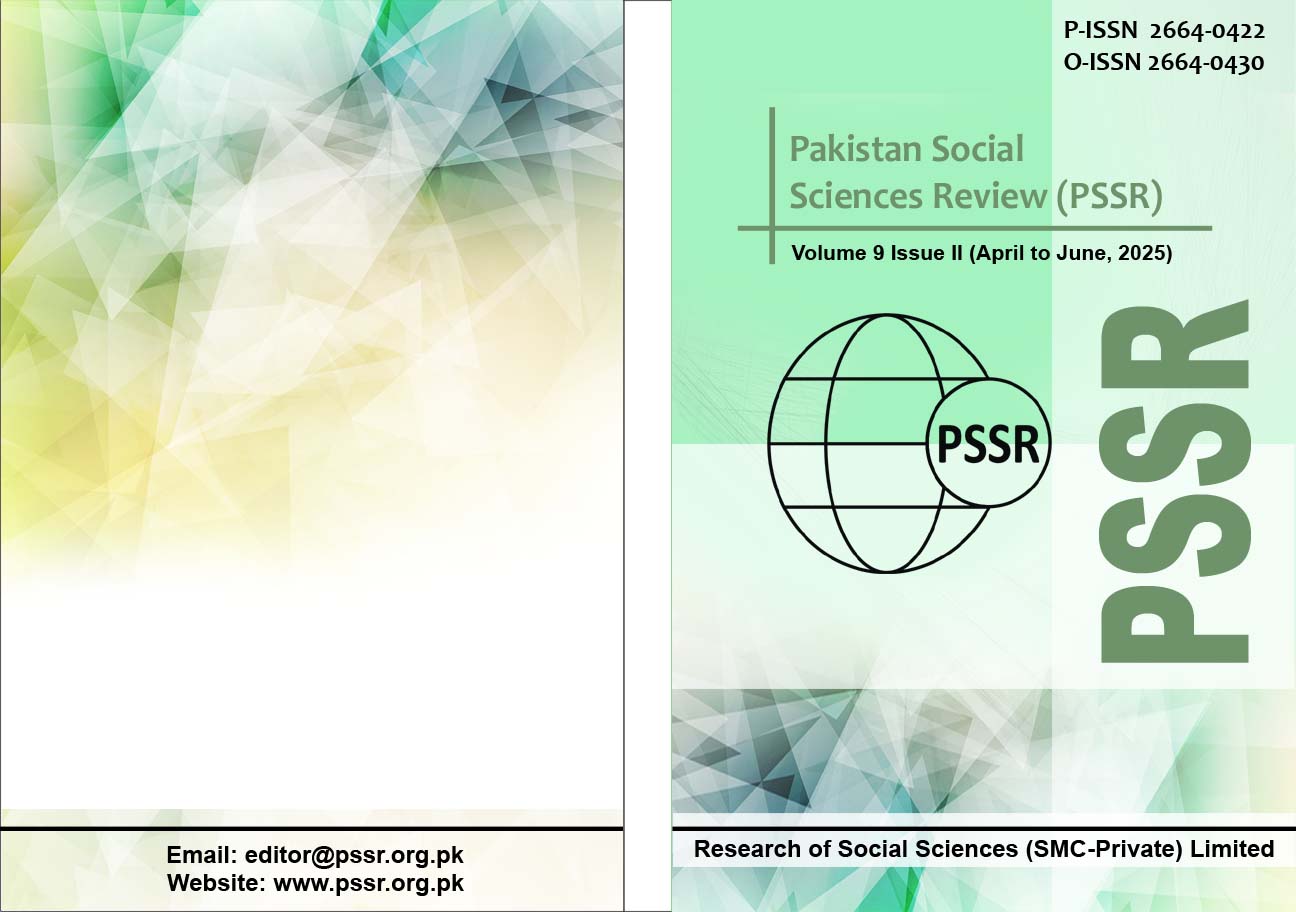Empowering Women through Land Ownership: A Case Study of Punjab
DOI:
https://doi.org/10.35484/pssr.2025(9-II)42Keywords:
Women, Land Rights, Legal Framework, Rights of Inheritance, Regional Differences And Policy Changes, PunjabAbstract
This study examines the status of women’s land inheritance rights in Punjab, focusing on the different regions of the province. Property rights for women are important to their economic, social, and political status but they hit major barriers arising from traditional practices, legal frameworks, and other socioeconomic determinants that differ between, and sometimes within, regions. In Punjab, women generally cannot receive land inheritance legally, as traditions, expectations and weak law enforcement get in their way. Although the Anti-Women Practices Act was created in 2011, the lack of effective enforcement and strong cultural challenges keep women financially weak over many generations. This research used both ways of collecting evidence: it analyzed records from the government and media plus an online poll with anonymous female respondents aged 18+ in Punjab to see what people know about land inheritance rights for women. To overcome women's land inheritance barriers in Punjab, integrated reforms must combine stronger legal enforcement, rights awareness programms, economic empowerment, and cultural sensitization to challenge patriarchal norms and ensure sustainable gender equity in land ownership.
Downloads
Published
Details
-
Abstract Views: 233
PDF Downloads: 175
How to Cite
Issue
Section
License
Copyright (c) 2025 Pakistan Social Sciences Review

This work is licensed under a Creative Commons Attribution-NonCommercial 4.0 International License.

RESEARCH OF SOCIAL SCIENCES (SMC-PRIVATE) LIMITED(ROSS) & PAKISTAN SOCIAL SCIENCES REVIEW (PSSR) adheres to Creative Commons Attribution-Non Commercial 4.0 International License. The authors submitting and publishing in PSSR agree to the copyright policy under creative common license 4.0 (Attribution-Non Commercial 4.0 International license). Under this license, the authors published in PSSR retain the copyright including publishing rights of their scholarly work and agree to let others remix, tweak, and build upon their work non-commercially. All other authors using the content of PSSR are required to cite author(s) and publisher in their work. Therefore, RESEARCH OF SOCIAL SCIENCES (SMC-PRIVATE) LIMITED(ROSS) & PAKISTAN SOCIAL SCIENCES REVIEW (PSSR) follow an Open Access Policy for copyright and licensing.






